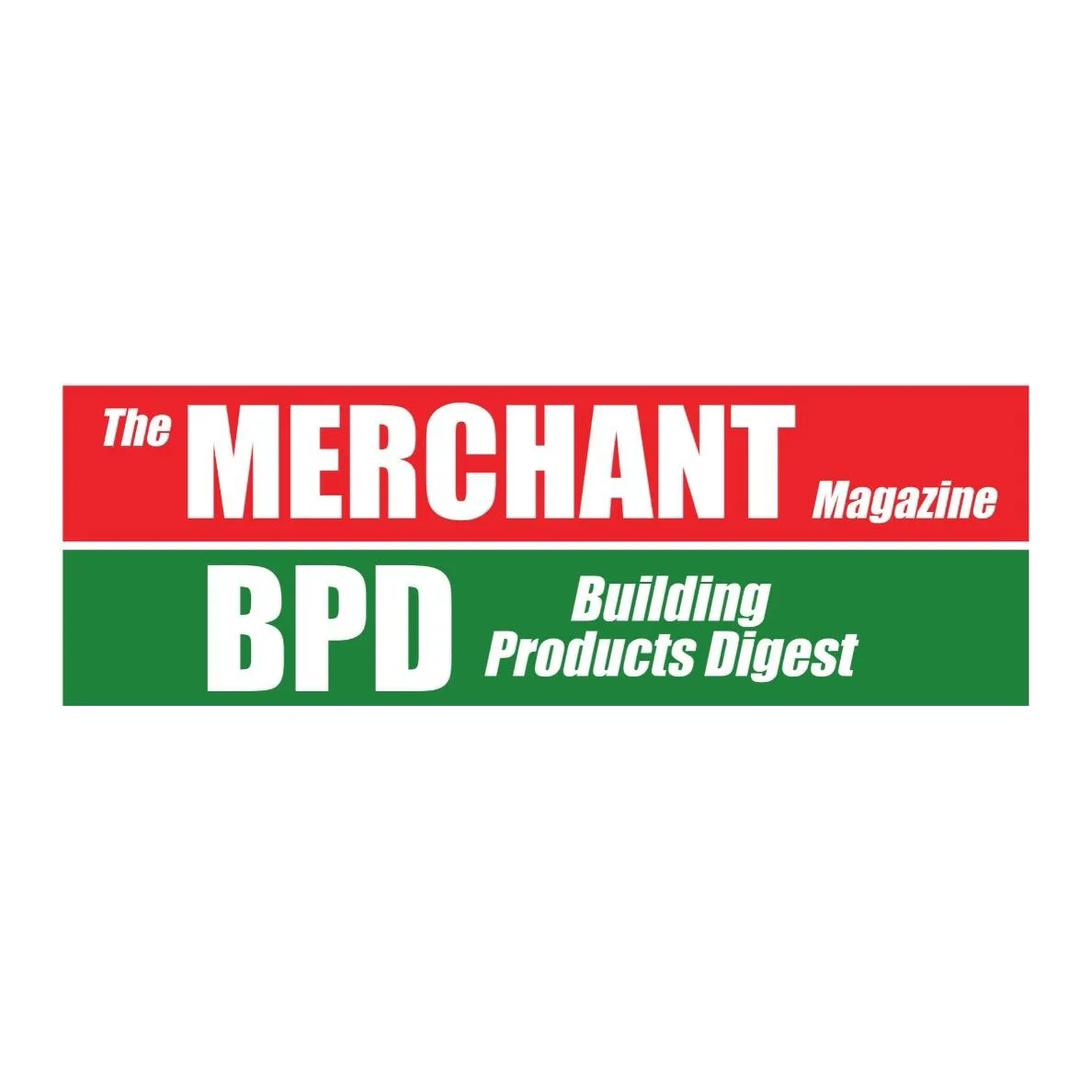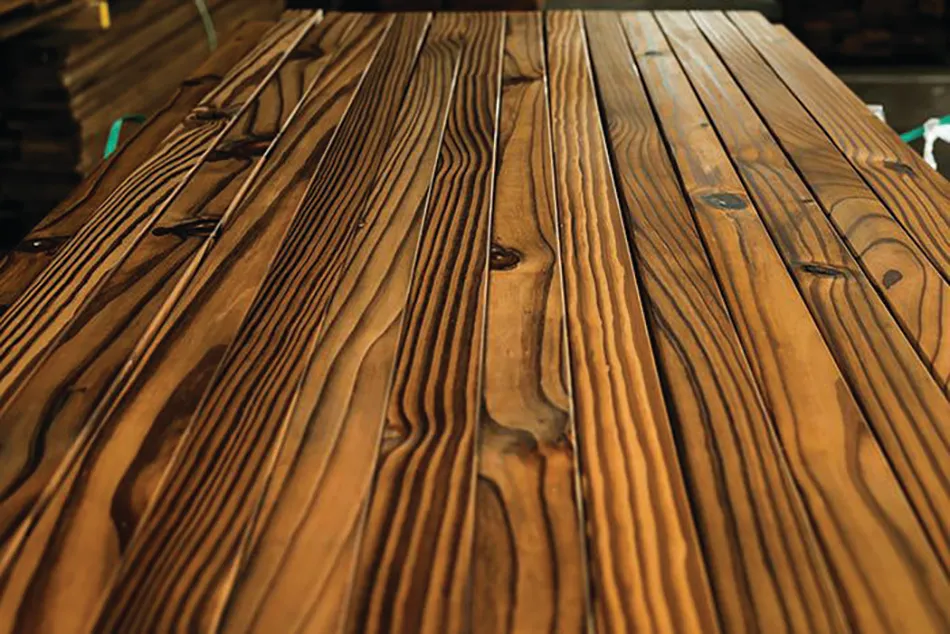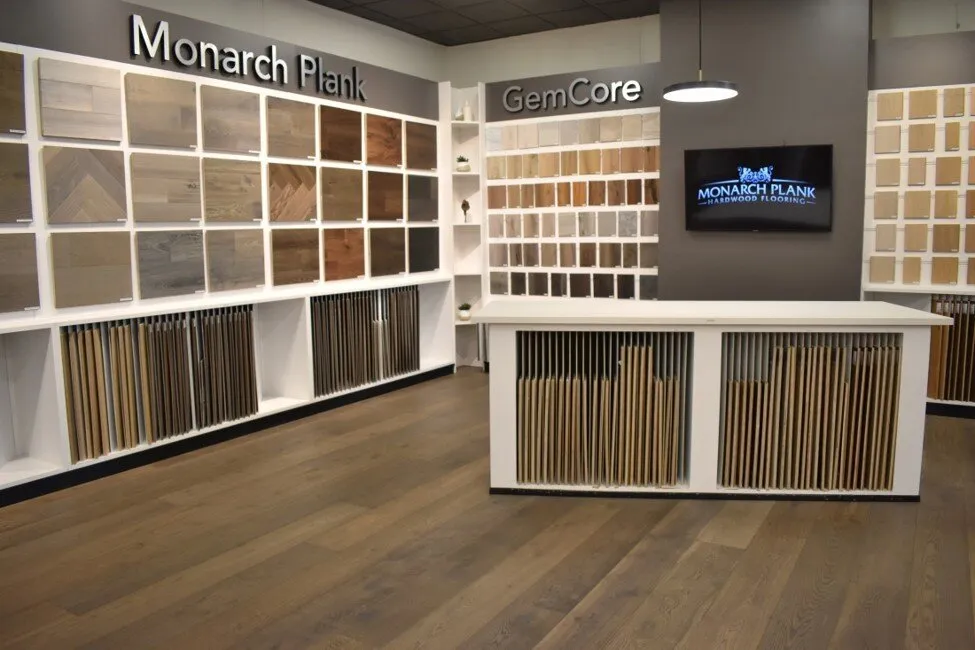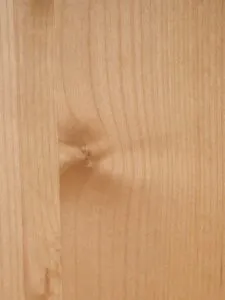Table of Contents
If you’ve spent any time around lumber, and we know you have, you’ve probably picked up a bit of the lingo. But there’s more—so much more—than the words we all know, like knot, wane, bow, etc. Next time you’re hanging out with lumber people, drop a few of these words defined below and watch your cool factor rise.
Let’s start with the most well-known terms.
Bow. Part of warp, bow is a deviation flatwise from a straight line drawn from end-to-end of a piece.
Cup. Part of warp, cup is the deviation in the face of a piece from a straight line drawn from edge-to-edge of a piece and is measured at the point of greatest distance from the straight line.
Burl. A distortion of gran, usually caused by abnormal growth due to injury of the tree. The effect of burl is assessed in relation to knots.
Checks. A separation of the wood normally occurring across or through the rings of annual growth and usually as a result of seasoning. Checks fall into the following categories: surface, through, small, medium, large, roller, light roller, medium roller, and heavy roller.
Grain. The fibers in the wood and their direction, size, arrangement, appearance, or quality. Can be broken down further into slope of grain, summerwood, springwood, vertical grain, edge grain, rift grain, flat grain, slash grain, mixed grain, spiral grain, and diagonal grain.
Heart. Heartwood is the inner core of the tree trunk comprising the annual rings containing nonliving elements. In some species, heartwood has a prominent color that is different from the sapwood. There are multiple kinds of heartwood, to include boxed heart, heart center, free of heart centers, and firm red heart.
Knots. A portion of a branch or limb that has become incorporated into a piece of lumber. In lumber, knots are classified as to form, size, quality, and occurrence. But there’s more! You might see a knot described as red, black, round, oval, spike, pin, small, medium, large, sound, pith, hollow, unsound, firm, tight, intergrown, watertight, encased, loose/not firmly fixed, fixed, cluster, star-checked, well-scattered, and well-spaced.
Sapwood. Outer layers of growth between the bark and the heartwood which contain the sap.
Warp. Any deviation from a true or plane surface, including bow, crook, cup, twist or a combination thereof.
And now a few that are more obscure.
Crook. Part of warp, crook is a deviation edgewise from a straight line drawn from end to end of a piece and is measured at the point of greatest distance from the straight line.
Moisture content. The weight of the water in wood expressed in percentage of the weight of the oven-dry wood.
Occasional pieces. This means not more than 10% of the pieces in a parcel or shipment.
Pitch streak. A well-defined accumulation of pitch in the wood cells in a streak. Pitch streaks are described as very small, small, medium, large, very large, or as a pitch seam.
Splits. A separation of the wood through the piece to the opposite surface or to an adjoining surface due to the tearing apart of the wood cells.
Trim. Trimming of lumber is the act of cross cutting a piece to a given length.
Wane. Bark of lack of wood from any cause, except eased edges, on the edge or corner of a piece of lumber.
We bet you’ve never heard of some of these!
Pith. Pith is the small soft core in the structural center of a log.
Pocket. A well-defined opening between the rings of annual growth which develops during the growth of a tree. It usually contains pitch or bark. Pockets can be classified as very small, small, medium, large, very large, closed, through or open.
Stained wood and Firm Red Heart. Stained Heartwood or Firm Red Heart is a marked variation from the natural color: it can range from pink to brown, and it not to be confused with natural red heart. Natural color is usually uniformly distributed through certain annual rings, whereas stains are usually in irregular patches.
Stress grades. Lumber grades having assigned working stress and modulus of elasticity values in accordance with accepted basic principles of strength grading.
– Matt Pomeroy is director of inspection services for NELMA. Reach him at info@nelma.org.









